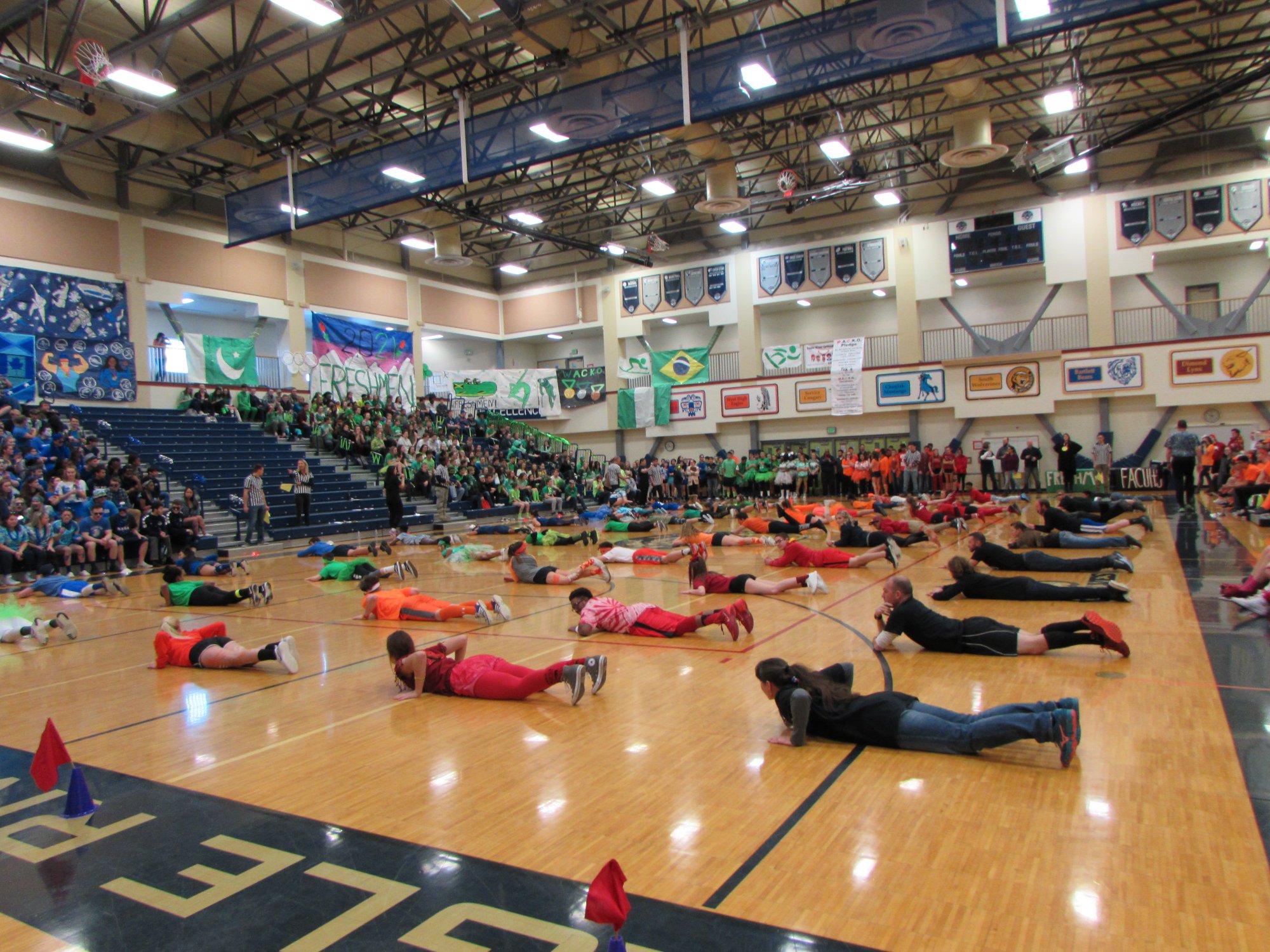ISO/IEC Guide 59:2019, ISO and IEC recommended practices for standardization by national bodies,
- Home Page 468

Lighting Office Spaces
IES (Illuminating Engineering Society)
BSR/IES RP-1-201x, Recommended Practice: Lighting Office Spaces (revision of ANSI/IES RP-1-2013)
For many people, the office is the environment where they spend the majority of their waking adult lives. The expectation is that the
time spent in the office will be useful and productive, and that the physical environment will be healthy. The design of the office greatly
influences how well the space meets the needs of the workers and their organization. Lighting is a critical element of the design that
may enhance or degrade the work experience and affect the well-being of the workers. Beyond supporting worker performance,
lighting may also affect the bottom line of the organization by making the best use possible of materials and electricity.
Single copy price: $25.00
Obtain an electronic copy from: [email protected]
Order from: Patricia McGillicuddy, (917) 913-0027, [email protected]
Send comments (with optional copy to [email protected]) to: Same
Sept 9
https://share.ansi.org/Shared%20Documents/Standards%20Action/2019-PDFs/SAV5030.pdf
Standards Alaska
As we explain in our ABOUT, we are continuing the development of the cadre of “code writers and vote-getters” begun at the University of Michigan in 1993. We are now drilling down into state and local adaptations of nationally developed codes and standards that are incorporated by reference into public safety and sustainability legislation.
Standards Michigan will remain the “free” home site but state-specific sites such as Standards Alaska will be accessible to user-interest code-writers and vote-getters. Please send [email protected] a request to join one of our mailing lists appropriate to your interest for #SmartCampus standards action in the State of Alaska.
Community Solar Facilities
This content is accessible to paid subscribers. To view it please enter your password below or send [email protected] a request for subscription details.
H.R. 4092 (113th): Streamlining Energy Efficiency for Schools Act of 2014
This content is accessible to paid subscribers. To view it please enter your password below or send [email protected] a request for subscription details.
ARCHIVE 2002-2016 / ASHRAE 90.1 ENERGY STANDARD FOR BUILDINGS
This content is accessible to paid subscribers. To view it please enter your password below or send [email protected] a request for subscription details.
Readings / ISO/IEC Guide 63
This content is accessible to paid subscribers. To view it please enter your password below or send [email protected] a request for subscription details.
Risk management – Risk assessment techniques
This content is accessible to paid subscribers. To view it please enter your password below or send [email protected] a request for subscription details.
Energy Assessment of Industrial Steam Systems
This content is accessible to paid subscribers. To view it please enter your password below or send [email protected] a request for subscription details.
Sustainability Leadership for Photovoltaic Modules
NSF International has launched a new revision cycle for its standard NSF 457 Sustainability Leadership Standard for Photovoltaic Modules. The scope of this Standard includes PV modules for installation on, or integral with buildings, or to be primarily used as components of free-standing power-generation systems, including but not necessarily limited to:
— photovoltaic cells that generate electric power using solar energy;
— interconnects (materials that conduct electricity between cells);
— encapsulant (insulating material enclosing the cells and cell interconnects);
— superstrate (material forming primary light-facing outer surface) and substrate (material forming back outer surface) (e.g., glass, plastic films);
— wires used to interconnect photovoltaic modules and connect junction boxes to the balance of system equipment;
— frame or integrated mounting mechanism, if present.
The following are not included:
— balance of system equipment, such as cabling and mounting structures, equipment intended to accept the electrical output from the array, such as power conditioning units (inverters) and batteries, unless they are contained in the photovoltaic module;
— a photovoltaic cell that is a part of another device for which it produces the electricity, such as consumer or industrial electronic products (e.g., calculators, lights, textile) where the photovoltaic cell primarily provides the energy needed to make the electronic product function; and
— mobile photovoltaic cell where the inverter is so integrated with the photovoltaic cell that the solar cell requires disassembly before
recovery.
This Standard establishes measurable criteria for multiple levels of sustainability/environmental leadership achievement and performance throughout the lifecycle of the product. This Standard addresses multiple attributes and environmental performance categories including management of substances, preferable materials use, life cycle assessments, energy efficiency and water use,
responsible end-of-life management and design for recycling, product packaging, and corporate responsibility.
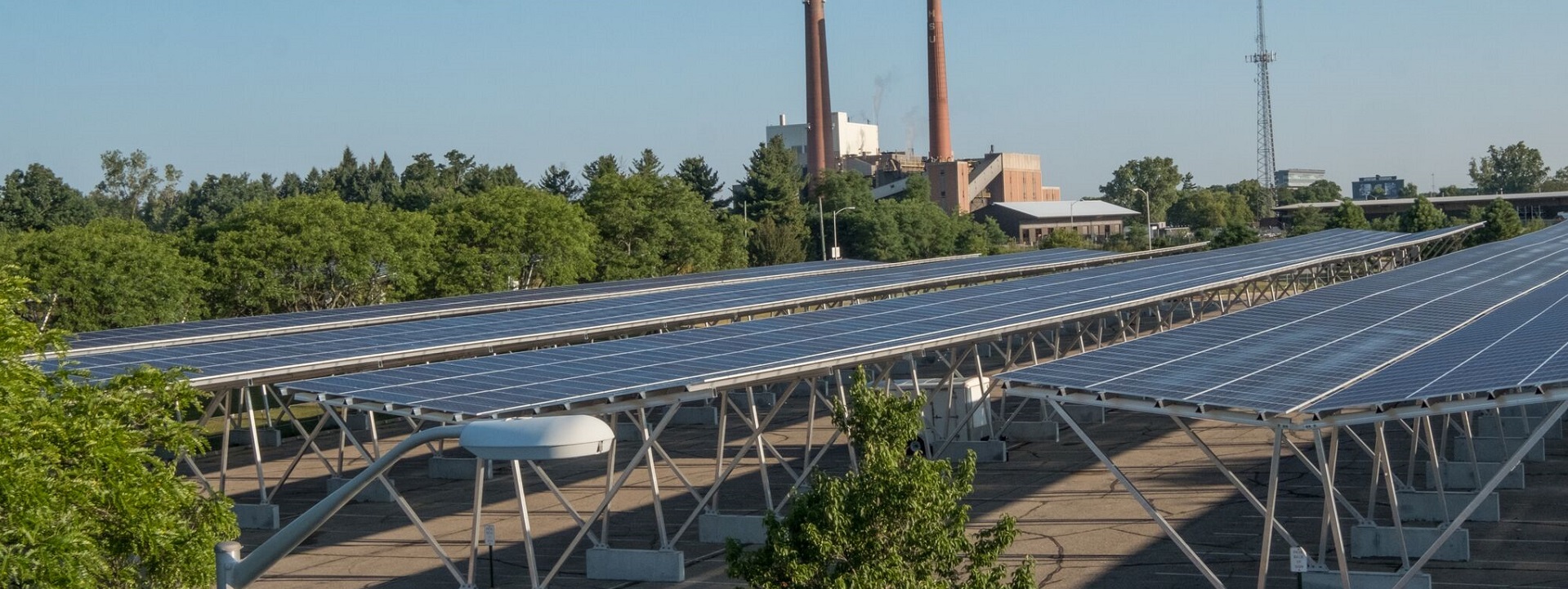
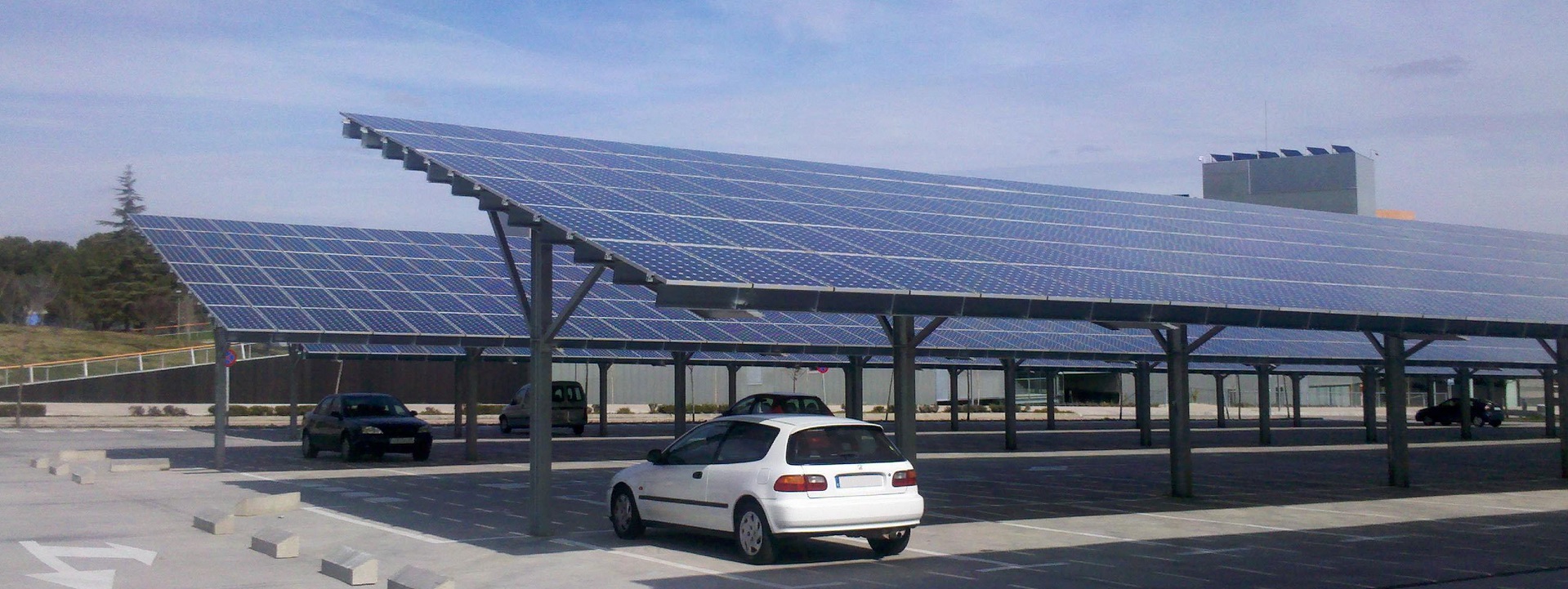
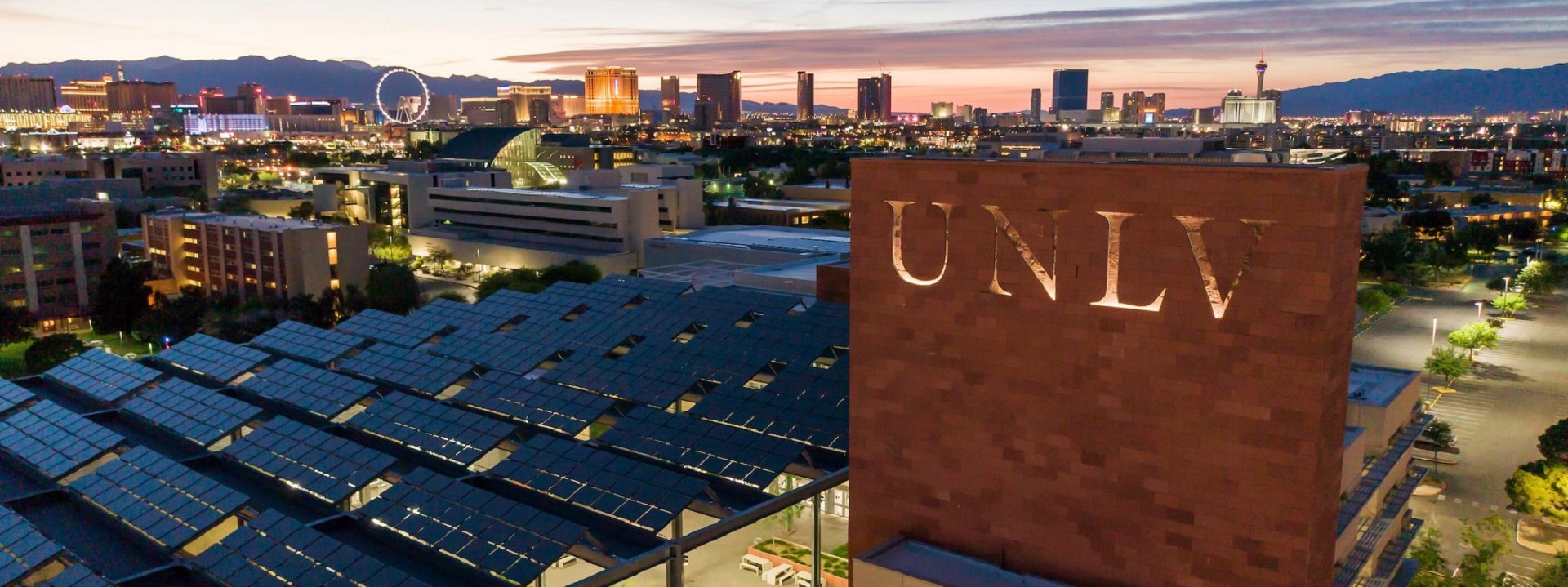
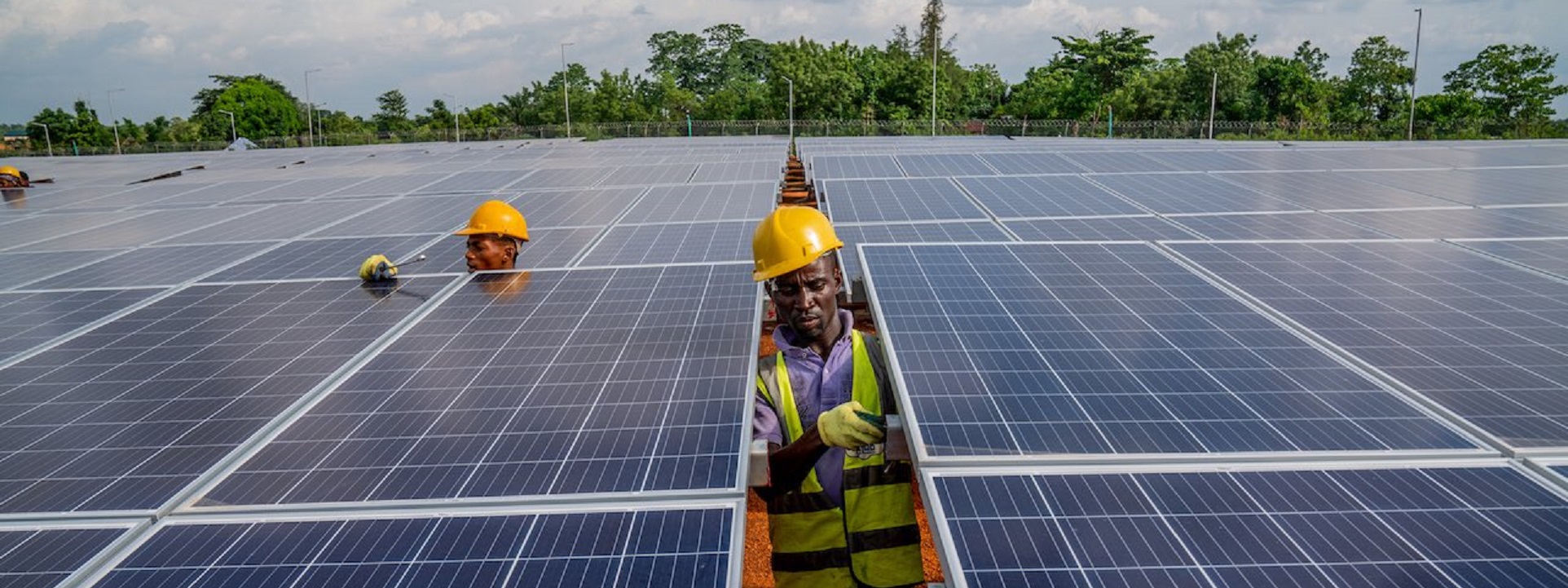
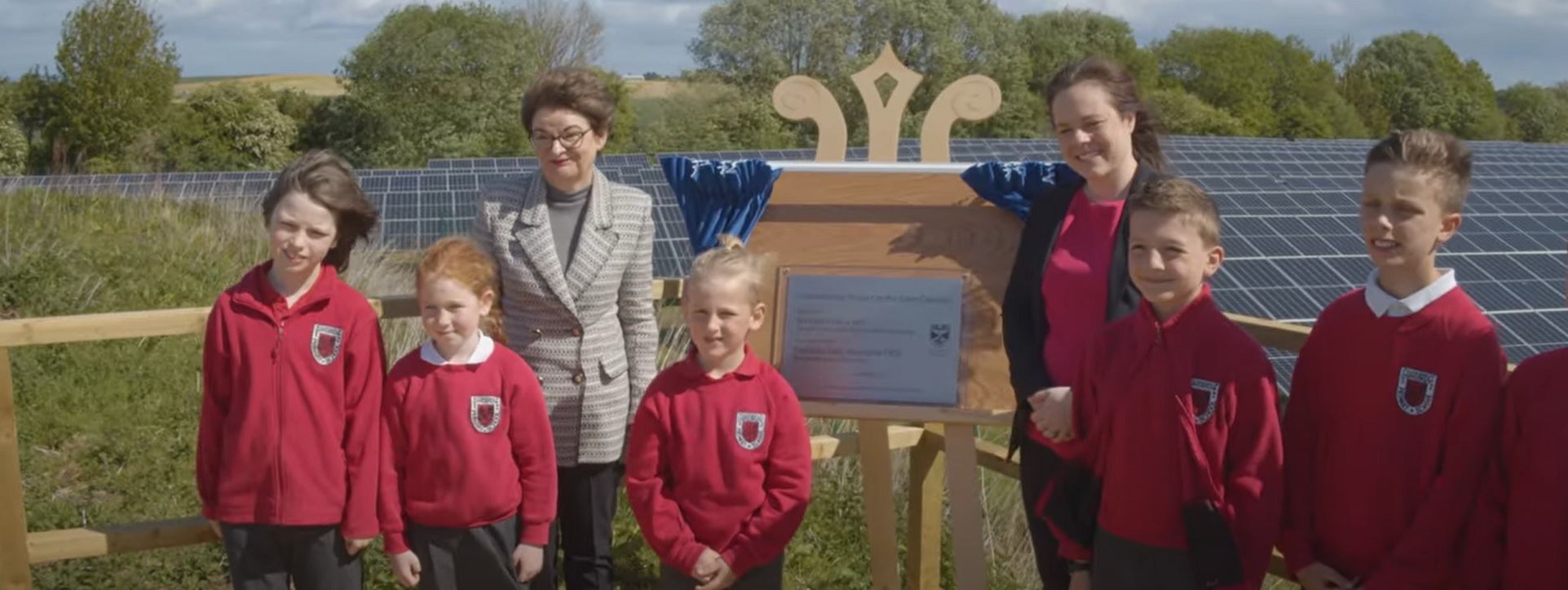
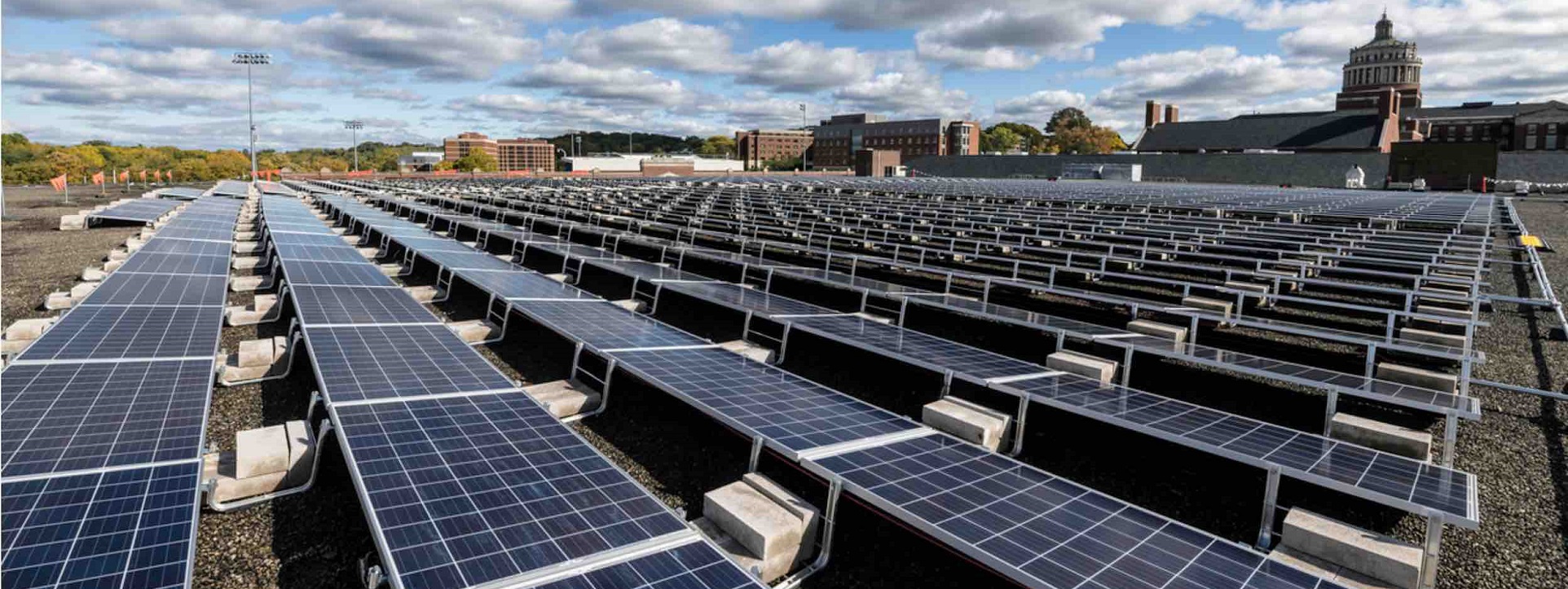
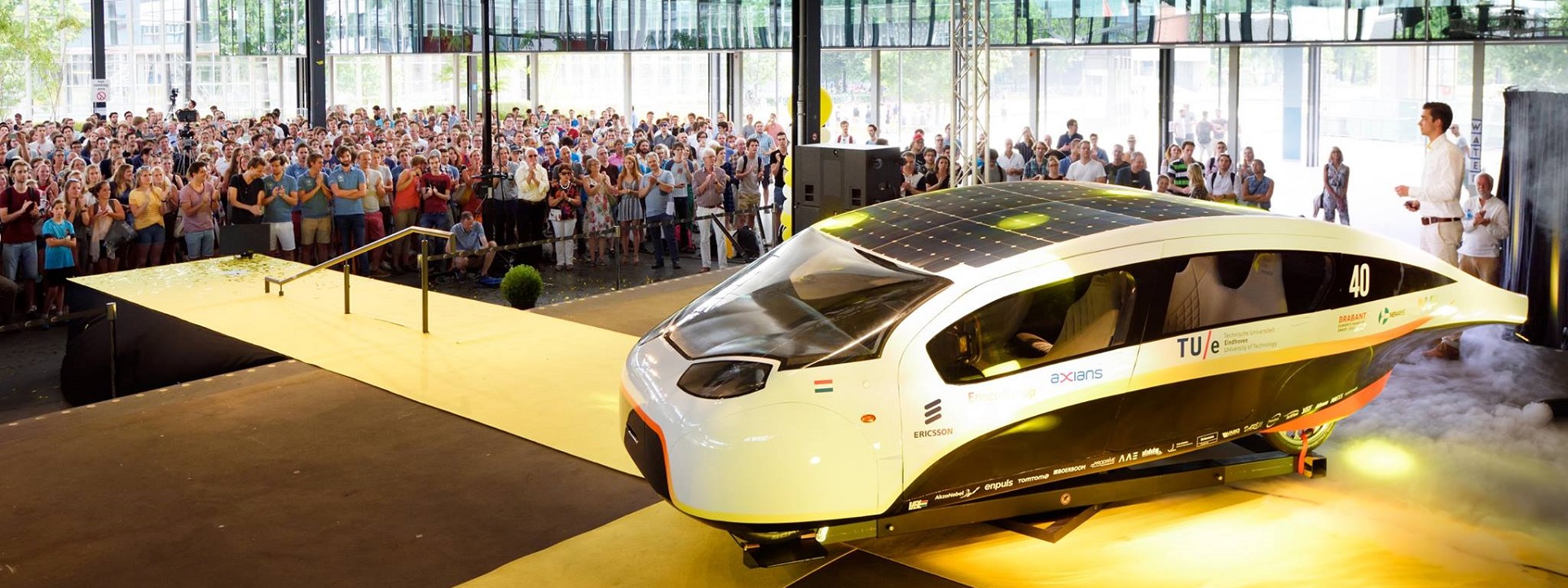
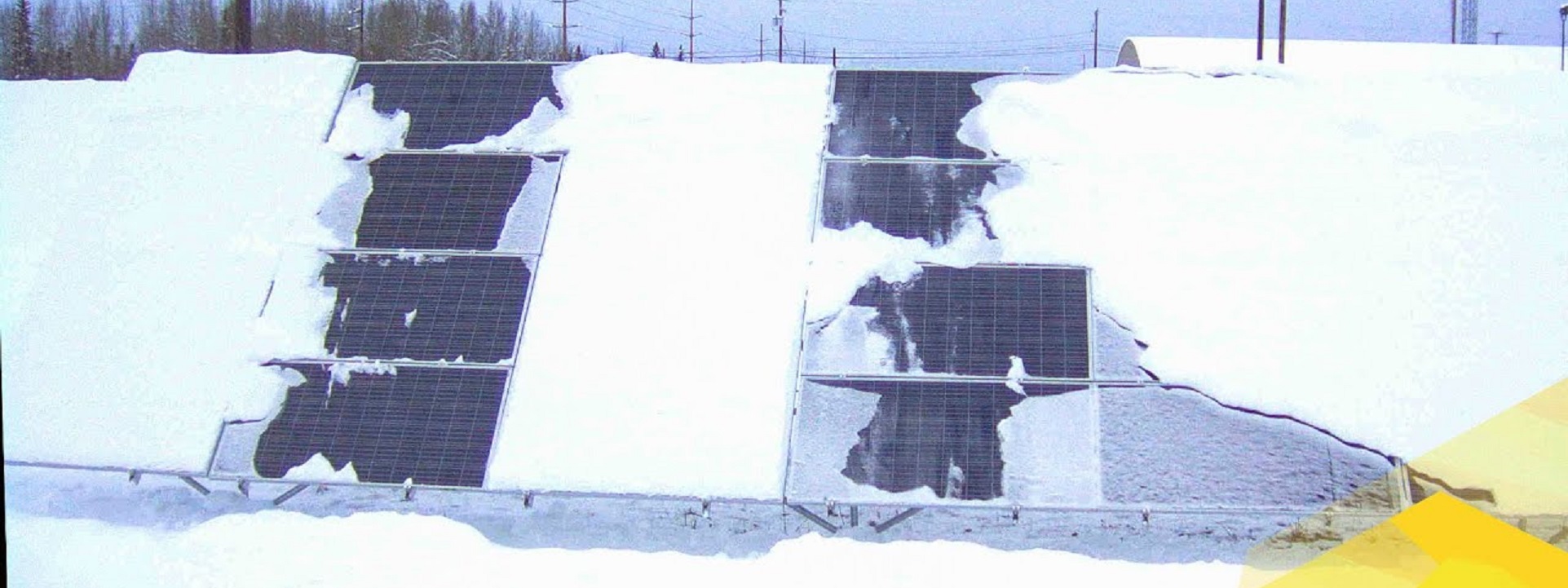
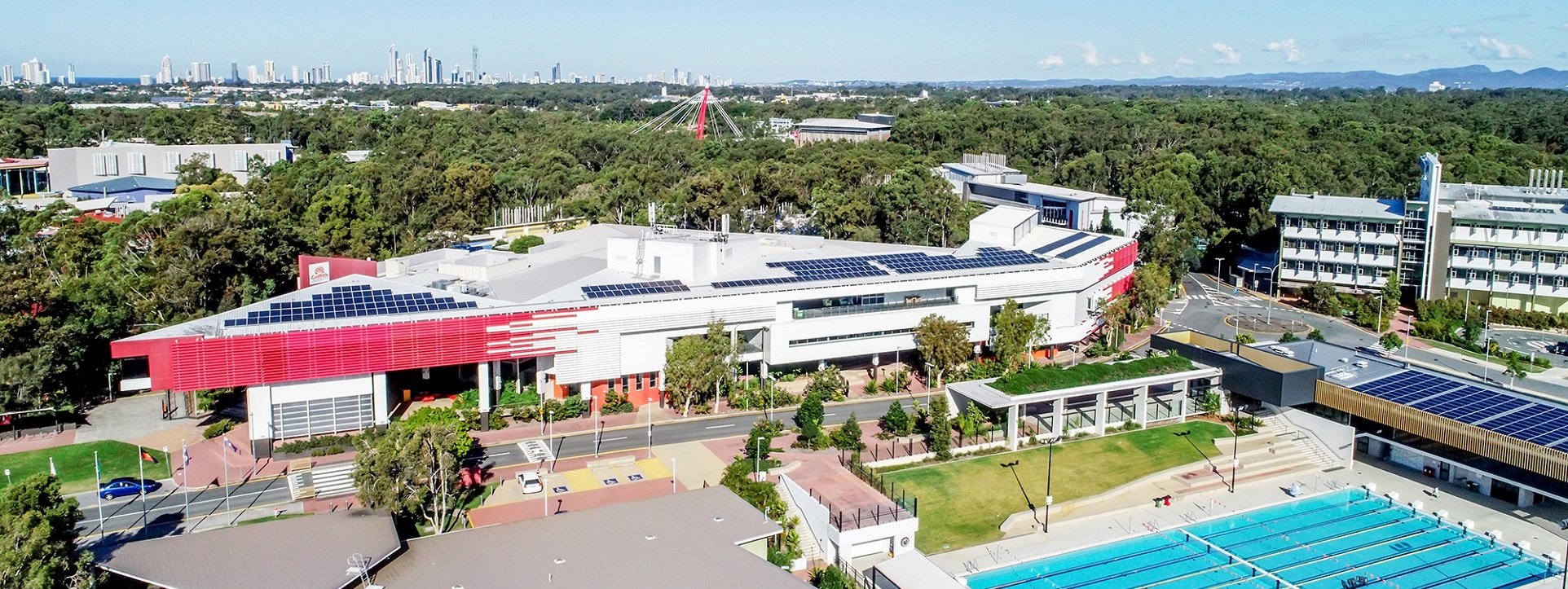
The landing page for NSF International standardization activity is linked below
NSF International Standards Home Page
The redline for this particular commenting opportunity for both revisions (i3r1) and (i4r1) posted in ANSI Standards Action) is linked below:
Comments are due July 22, 2019
Send comments [email protected] (with optional copy to [email protected]). For more information you may contact Matthew Realff / Chairperson, Joint Committee on Photovoltaic Modules, Tel: (734) 913-5794.
We are happy to drill into the technical specifics of this standard any day at 11 AM Eastern time or during out monthly Energy Standards teleconference. See our CALENDAR for the next online meeting; open to everyone.
Issue: [17-228]
Category: Electrical, Recycling
Colleagues: Mike Anthony, Richard Robben
LEARN MORE:
Solar Photovoltaic Modules – Sustainability Leadership Objectives
Its National Public Health Week! NSF International has been improving public health for 75 years and is committed to working together to build healthy communities for generations to come. #NPHW #Publichealth #NSF75th https://t.co/ceg0C3wPq9 pic.twitter.com/jB4ZnWXSiH
— NSF International (@NSF_Intl) April 1, 2019
New update alert! The 2022 update to the Trademark Assignment Dataset is now available online. Find 1.29 million trademark assignments, involving 2.28 million unique trademark properties issued by the USPTO between March 1952 and January 2023: https://t.co/njrDAbSpwB pic.twitter.com/GkAXrHoQ9T
— USPTO (@uspto) July 13, 2023
Standards Michigan Group, LLC
2723 South State Street | Suite 150
Ann Arbor, MI 48104 USA
888-746-3670




